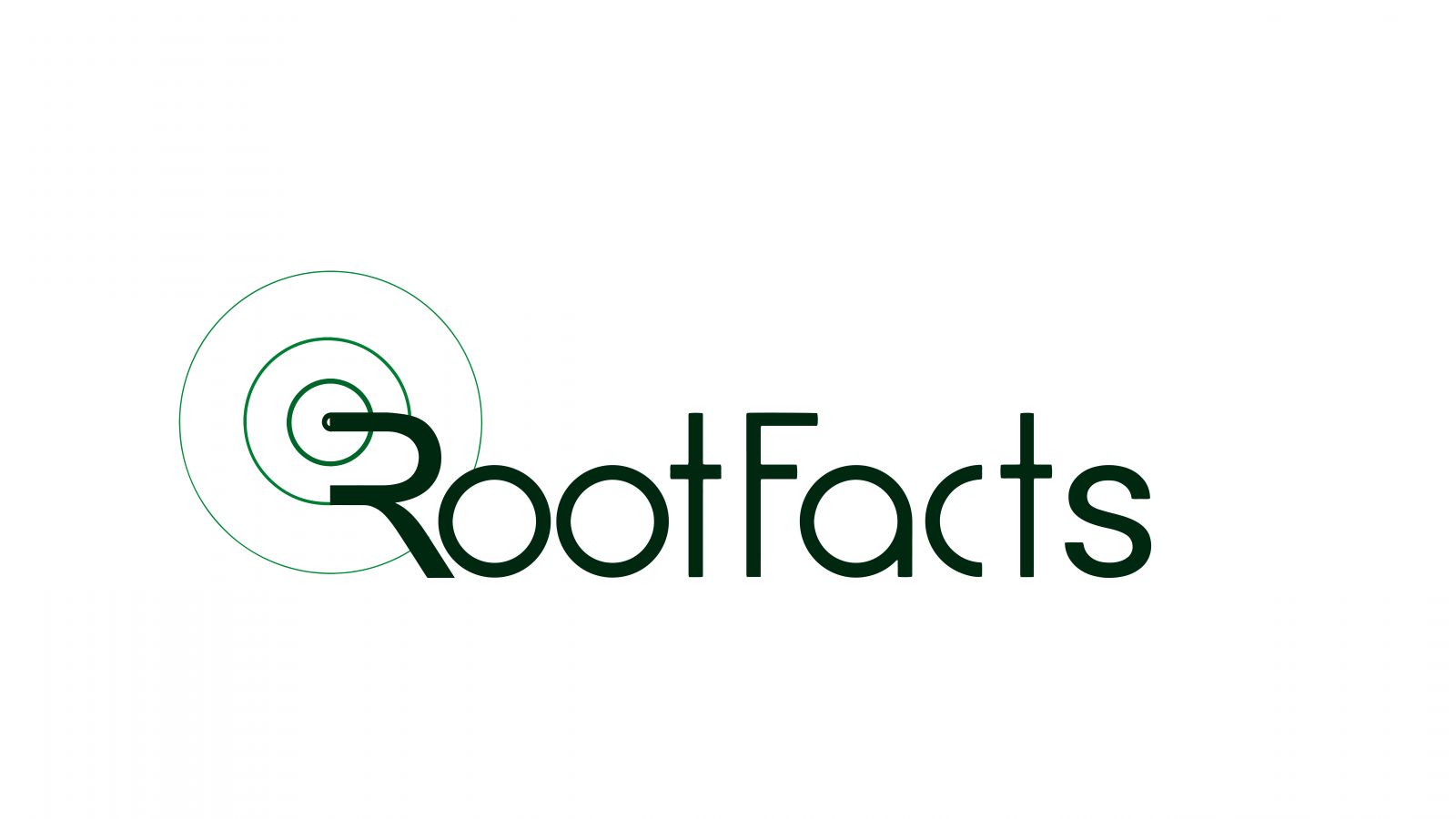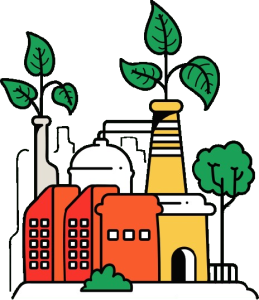Farm Safety with Improved Biosecurity Measures

Securing Your Farm: Enhanced Biosecurity Measures by RootFacts Solutions
Agriculture is constantly under threat from pests, diseases and invasive species that can decimate crops, livestock and farm profits. Biosecurity measures are critical in reducing these risks by preventing the introduction and spread of harmful organisms into a farm.
RootFacts, which leads in agricultural technology, has provided farmers with an all-inclusive range of Improved Biosecurity Measures services. This article explores how RootFacts helps farmers to implement strong biosecurity protocols, reduce disease outbreaks and protect their farms.
Understanding Agricultural Biosafety
Biosecurity is a set of practices directed at minimizing the risk of introduction or spread of diseases through pests as well as invasive species within a farm. Effective biosecurity systems include:
Exclusion
Compartmentalisation
Hygiene and Disinfection
Surveillance and Monitoring
Biosecurity Training
The Increasing Importance Of Bio-Security
Various factors underscore why sound bio-security measures are crucial in modern agriculture:
Increased Global Trade
The increase in international agricultural trade has created opportunities for the entry of exotic pests and diseases. Strong biosecurity systems are important for preventing new threats in domestic agriculture.
Antimicrobial Resistance
The excessive use of antibiotics in livestock production has resulted into emergence of antibiotic resistant pathogens. Good bio-security practices can reduce antibiotic use and slow down development of resistance.
Climate Change
Shifts in weather patterns have the potential to change distribution of pests and diseases hence resulting to additional challenges on how biosafety is managed. Farmers have to evolve their biosafety protocols so that they can respond effectively to these novel threats.
Consumer Demand for Safe Food
Consumers are increasingly concerned about the safety and origin of their food. A robust implementation of good agriculture practices indicates a commitment to food security, which ultimately improves consumer confidence in farm products.
RootFacts Improved Biosecurity Measures Services: A Good Approach to Farm Protection
In contrast with merely suggesting customary standards of bio-security, RootFacts provides a number of services designed specifically for individual clients:
Bio-security Risk Assessment
Carry out an extensive on-farm assessment to identify possible areas where biosafety might be compromised. Among the areas examined include farm layout, animal husbandry practices, existing biosecurity protocols as well as possible channels through which diseases may enter a farm. Once identified such weaknesses enable RootFacts recommend investment solutions targeted at bolstering overall biosafety.
Development of Biosecurity Plan
Work with farmers to develop a customized biosecurity plan. This plan defines particular exclusion, compartmentalization, cleanliness and sterilization, observation and training programmes for biosecurity. A tailored plan ensures that biosecurity measures are workable, efficient and fit the specific needs and layout of each farm. For example, in contrast to a vegetable farm, a poultry farm may have higher biosecurity measures around footwear disinfection and rodent control.
Integration of Technology
Incorporate advanced technologies into biosecurity monitoring and surveillance. It could involve use of remote cameras that can read faces at the perimeters of farms to track unauthorized entry or install sensor technology for early diagnosis of possible sicknesses by tracking animal temperature and respiration rates. This includes linking farm management software with bioprotection protocols for ease in recording diseases like foot ց-mouth diseases (FMD) infections, disease outbreaks etc.
Biosecurity Training Programmes
Designing comprehensive training programs for all levels of staff at farms on biosafety systems. These programs educate employees on why it is important to have good biological safety as well as specific guidelines relevant to their jobs; proper method for informing any suspected breech in biological security situation; consequences if one does not comply. Efficient teaching empowers employees towards being active participants responsible for maintaining a safe work environment within the company’s premises. This would include educating people on how they can clean equipment properly, different biosafe activities applicable in different zones within the firm’s jurisdiction as well as making them aware about impact of bioprotection upon total farming profitability indexes including animal welfare’s influence upon its success rate.


